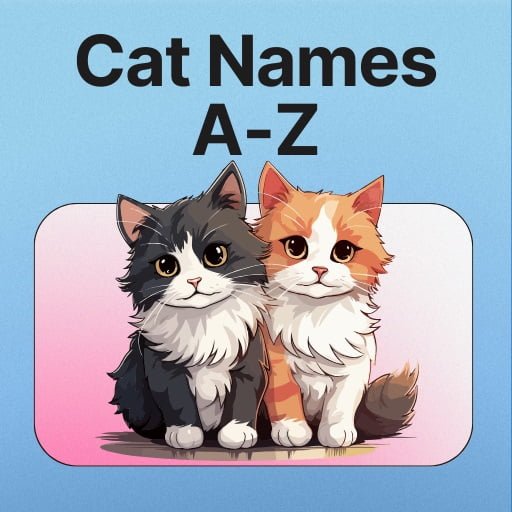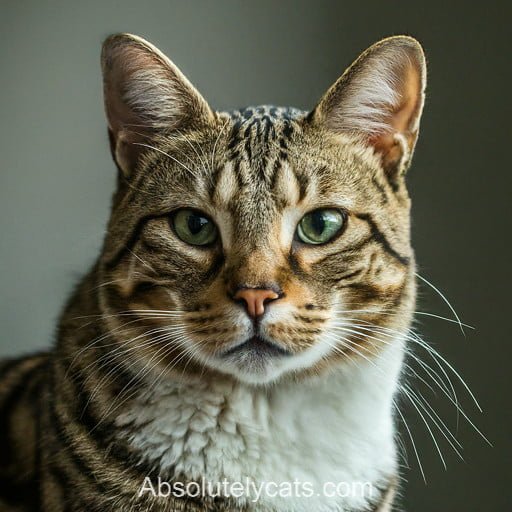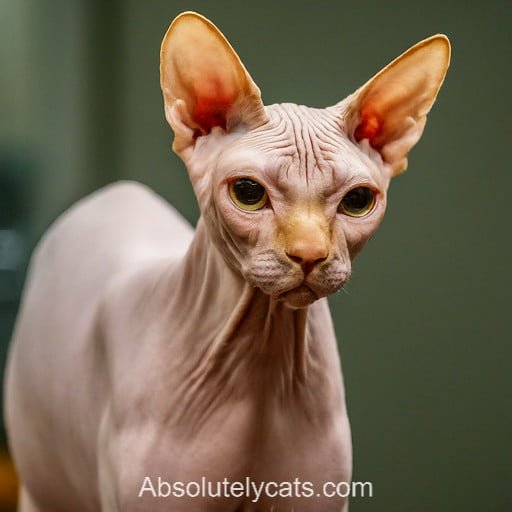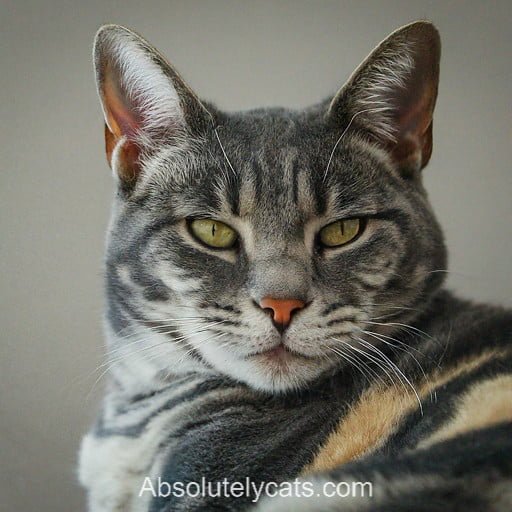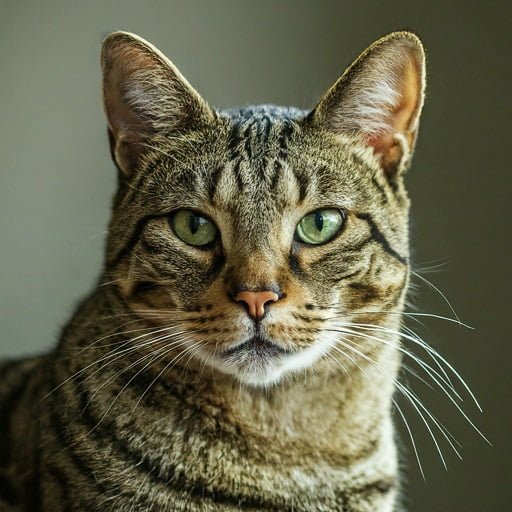
Tabby cats are among the most popular and beloved feline companions worldwide. Known for their distinctive coat patterns and charming personalities, tabbies have captured the hearts of cat enthusiasts for centuries. This comprehensive guide’ll explore everything you need to know about tabby cats, including their origins, characteristics, behavior, and care requirements.
Origins of Tabby Cats:
Historical Background: Tabby cats have a rich history that dates back thousands of years. The term “tabby” is believed to have originated from the French word “tabis,” referring to a type of silk fabric with a striped pattern.
Ancient Roots: Tabby coat patterns have been observed in ancient Egyptian art and artifacts, suggesting that these cats have been domesticated for millennia.
Genetic Basis: The tabby coat pattern is not specific to any particular breed but is rather a result of certain genetic factors that influence coat color and pattern.
Characteristics of Tabby Cats:
Coat Patterns: Tabby cats exhibit a variety of coat patterns, including classic tabby (stripes), mackerel tabby (narrow vertical stripes), spotted tabby (oval spots), and ticked tabby (agouti hairs).
Color Variations: Tabby cats come in a wide range of colors, including brown, gray, orange, and cream. The tabby pattern can be overlaid on any base color, resulting in diverse and unique combinations.
Physical Features: In addition to their coat patterns, tabby cats may have other distinctive physical features, such as expressive eyes, a medium-sized body, and a playful disposition.
Behavior and Temperament:
Personality Traits: Tabby cats are known for their friendly and affectionate nature. They often form strong bonds with their human companions and enjoy social interaction.
Intelligence: Tabby cats are highly intelligent and curious animals. They thrive on mental stimulation and enjoy engaging in interactive play.
Vocalization: While tabby cats can be vocal when they want attention or express their needs, they are generally not as vocal as some other breeds.
Care and Maintenance:
Grooming Needs: Tabby cats require regular grooming to keep their coat healthy and free of tangles. Brushing them a few times a week can help reduce shedding and minimize hairballs.
Diet and Nutrition: Providing a balanced diet tailored to your tabby cat’s age, weight, and activity level is essential for maintaining optimal health. Consult with your veterinarian to determine the best diet for your cat.
Veterinary Care: Regular veterinary check-ups are important for monitoring your tabby cat’s overall health and addressing any medical issues promptly. Vaccinations, parasite prevention, and dental care should also be part of their healthcare routine.
Fun Facts and Trivia:
Tabby cats are not only beloved for their distinctive coat patterns but also for their unique personalities and fascinating characteristics. Here are some fun facts about tabby cats:
- Ancient Heritage: Tabby cats have a long and storied history, with evidence of their existence dating back thousands of years. They are believed to have originated in ancient Egypt and were revered by the Egyptians for their grace and beauty.
- Diverse Coat Patterns: Tabby cats come in a wide variety of coat patterns, including classic (blotched), mackerel, spotted, ticked, and patched. Each pattern has its unique charm and appeal, making tabby cats among the most diverse breeds in terms of appearance.
- Personality Plus: Tabby cats are known for their engaging personalities and playful demeanor. They are often described as affectionate, outgoing, and sociable, making them wonderful companions for families and individuals alike.
- Symbolism: In many cultures, tabby cats are associated with various symbolic meanings and superstitions. In ancient Celtic folklore, tabby cats were believed to bring good luck and fortune to their owners. In Japan, tabby cats are considered to be a symbol of prosperity and wealth.
- Famous Tabby Cats: Tabby cats have made their mark in popular culture, appearing in literature, art, and film. Some famous tabby cats include Garfield, the lovable orange tabby from the comic strip of the same name, and Tigger, the bouncy and energetic tabby from A.A. Milne’s Winnie the Pooh stories.
- Hunting Instincts: Like their wild ancestors, tabby cats have a strong hunting instinct. They are skilled hunters and enjoy chasing after toys, insects, and other small prey. This behavior is a holdover from their days as hunters in the wild.
- Non-Hypoallergenic Cat: Although popular for their diverse colors and patterns, Tabby cats are not hypoallergenic. They produce proteins that can trigger allergic reactions in humans. Therefore, individuals with allergies should take precautions when interacting with tabby cats or consider alternative hypoallergenic cat breeds.
- Life Expectancy: With proper care and nutrition, tabby cats can live long and healthy lives. On average, tabby cats can live anywhere from 12 to 18 years or more, depending on factors such as genetics, diet, and overall health.
- Tabby Mixes: Tabby cats are often found in mixed-breed populations, resulting in unique combinations of coat patterns and colors. Tabby mixes can inherit traits from other breeds, resulting in a wide range of appearances and personalities.
- Endearing Quirks: Tabby cats are full of endearing quirks and behaviors that make them charming companions. From their playful antics to their affectionate cuddles, tabby cats have a way of capturing the hearts of those around them.
5 Different Tabby Cat Coat Patterns
The Classic (Blotched) Tabby:
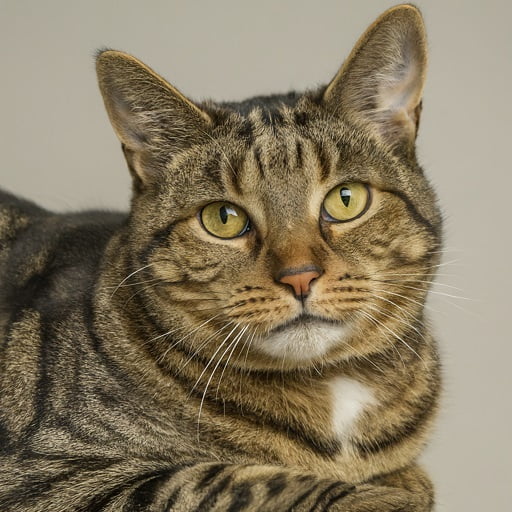
The classic tabby, also known as the blotched tabby, is one of the most common and recognizable tabby coat patterns. It features bold, swirling patterns on the cat’s coat, reminiscent of marble or swirling clouds. The markings typically form circular or oval shapes on the cat’s sides, with stripes running along its spine. The classic tabby pattern may also include distinctive “bull’s eye” markings on the cat’s sides and shoulders.
The Mackerel Tabby:
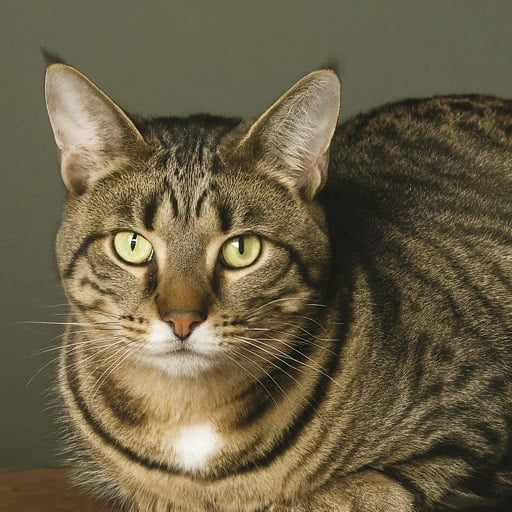
The mackerel tabby is named after the resemblance of its striped pattern to the bones of a mackerel fish. This pattern is characterized by narrow, vertical stripes that run parallel along the cat’s body, resembling the bars of a jail cell. The stripes are often more pronounced on the cat’s back and tail, while the sides may have lighter or broken striping. Mackerel tabbies are known for their sleek and elegant appearance.
The Spotted Tabby:
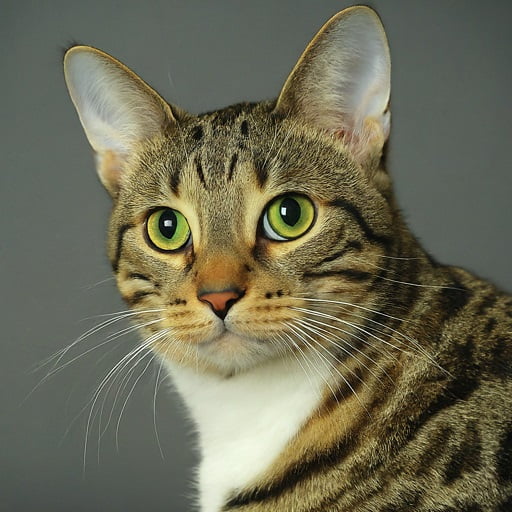
The spotted tabby pattern is defined by large, distinct spots or rosettes on the cat’s coat. These spots can vary in size and shape, ranging from small dots to large ovals. The spots are evenly distributed across the cat’s body, creating a striking and eye-catching appearance. Spotted tabbies often have a wild and exotic look, resembling the coat patterns of big cats like leopards or cheetahs.
The Ticked Tabby:
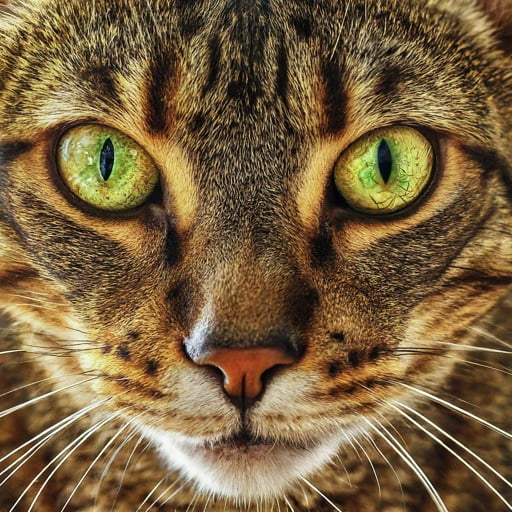
The ticked tabby, also known as the agouti tabby, is characterized by a unique pattern in which each individual hair is banded with alternating light and dark colors. This creates a subtle, speckled appearance on the cat’s coat, with no distinct stripes or spots. Ticked tabbies often have a soft, sandy-colored coat that blends seamlessly with their surroundings, making them well-adapted to camouflage in natural environments.
The Patched Tabby:
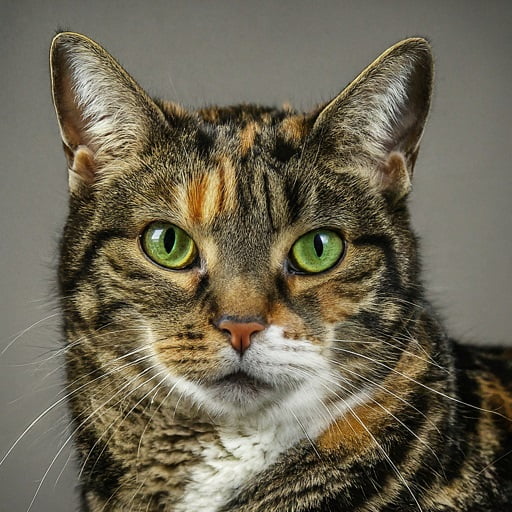
The patched tabby, also referred to as a torbie (a combination of tabby and tortoiseshell), is a variation of the classic tabby pattern combined with patches of solid color. These patches can appear in various colors, including black, brown, orange, and cream, and are often interspersed with the tabby markings. Patched tabbies have a unique and colorful appearance, with each cat exhibiting a one-of-a-kind coat pattern.
These different tabby patterns showcase the diversity and beauty of this beloved feline coat type. Whether you prefer the bold stripes of the mackerel tabby, the intricate spots of the spotted tabby, or the subtle speckling of the ticked tabby, there’s a tabby pattern to suit every cat lover’s taste.
Conclusion:
Tabby cats are cherished companions known for their unique coat patterns, affectionate personalities, and playful demeanor. Whether you’re considering adopting a tabby cat or already have one as a cherished family member, understanding their origins, characteristics, and care needs can help you provide the best possible care and companionship for these wonderful feline friends.

Tammy is the passionate cat enthusiast behind Absolutely Cats. Her journey began with a childhood filled with furry companions, leading her to advocate for cat well-being and a connoisseur of all things feline. Tammy’s dedication to the world of cats is evident in every article, guide, and review she pens.

